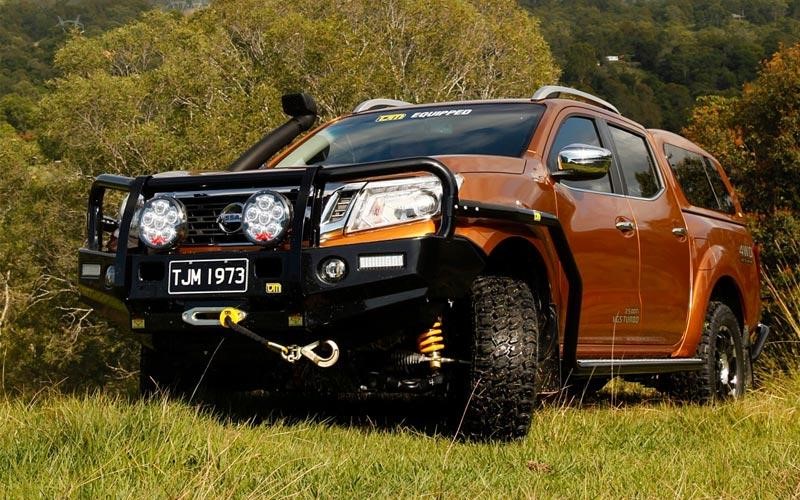
If you’ve decided that you want to take up 4wding as a hobby, there’s probably plenty of reasons why. For starters it’s heaps of fun, you can travel to isolated places that you can’t in your 2WD, and a 4WD is a stronger and more durable vehicle. Whatever your reasons, buying a 4WD for the first time can be nerve-wracking especially if you don’t have much experience.
While you’ve probably heard about plenty of 4WD products and accessories, the actual vehicle itself is the most important aspect and buying the right 4WD for your needs is vital. If you’re looking for a good place to begin your journey, read on for a beginner’s guide to buying a 4WD.
Size
The first aspect you should be looking at is the size of the vehicle. There are a wide range of sizes available on the market and your interests will generally determine how big your vehicle should be. Are you buying a 4WD to transport your family of 7 around town or do you want to tackle some 4WD tracks with your partner? If you’re keen on some off-road camping for example, you’ll also need to consider cargo space which is extremely valuable. Although you can always purchase some roof racks to make extra room, it’s always better to have more space on the inside to start with. Bigger 4WD’s are clearly more expensive, but you should also consider higher rates for insurance and registration for larger vehicles.
Transmission
Another crucial variable you’ll need to consider ifs whether you prefer an automatic or manual transmission. Some vehicles are only available in automatic or transmission, but if you prefer one over the other then you’ll have to narrow down your options. In terms of off-roading, neither automatic nor manual is better than the other. Many people say manual vehicles are better suited to off-road, but automatics with a torque converter and smooth power deliver are sometimes favourable. The vehicle itself will determine its off-road performance, however keep in mind that automatics perform better with high torque engines than with engines that need a lot of revs. It all really boils down to personal preferences!
Engine
Diesel is becoming very mainstream in the new 4WD market with most new vehicles only available in diesel engines. You can obviously still purchase a petrol 4WD if you want – the Toyota Hilux is a good example of a popular 4WD that’s available in petrol. If you don’t know the main differences between petrol and diesel engines then petrol 4WD’s generally consume more fuel than diesel but their servicing costs are cheaper and less frequent. Petrol and diesel engines also deliver their grunt in different ways – petrol vehicles deliver more power with higher revs while diesel vehicles are more powerful at lower revs.
Budget
Lastly, the most important factor in your decision when purchasing a 4WD is your budget. Like any vehicle, 4WD’s are available new and used and their price can range from $1,000 to $500,000. Despite this, the budget you have for your 4WD should include all factors that aren’t listed in the price. There’s a significant difference between the listing price and the drive-away price for any new vehicle – stamp duty and dealer charges can add up quickly so you should always ask the dealer for the drive-away price. If you’re buying a 4WD second hand, always have your mechanic check the vehicle for any major problems before making a decision.
As you can see, not every 4WD is created equal. There are a range of sizes, engines, and transmissions and each of these factors will influence the price. The purpose of buying a 4WD will generally determine what type of vehicle is best suited for your needs. Happy hunting!
If you need any advice or you’re interested in enhancing your current 4WD, get in touch with the experts at TJM Australia who stock a wide range of vehicle protection, suspension, recovery, and external and internal accessories. For more information, phone their staff on 07 3865 9999.




